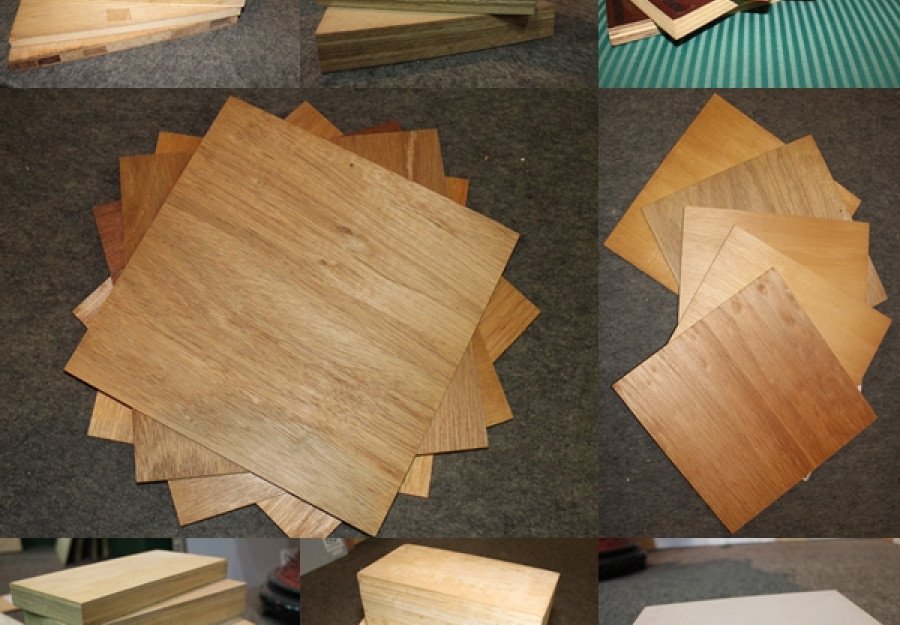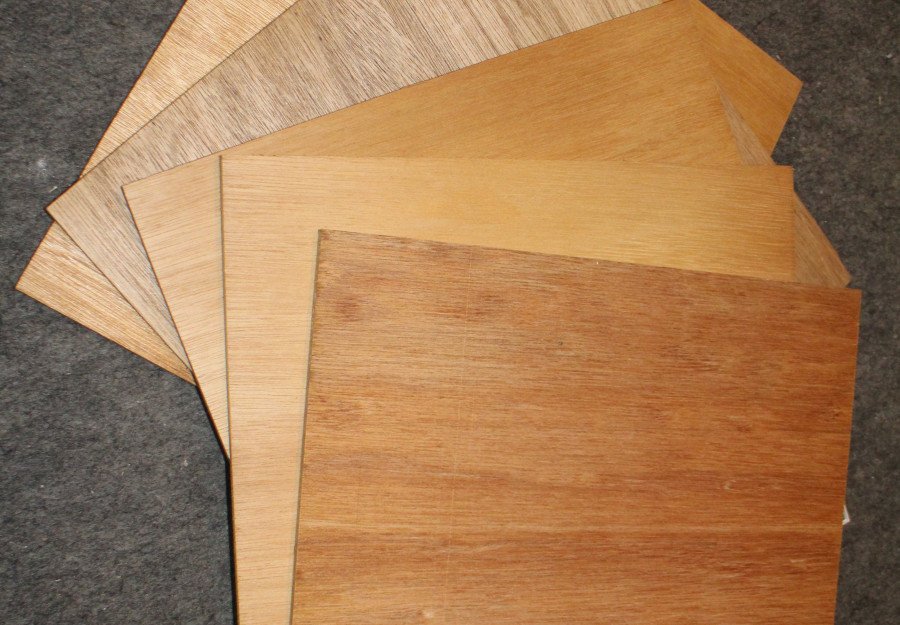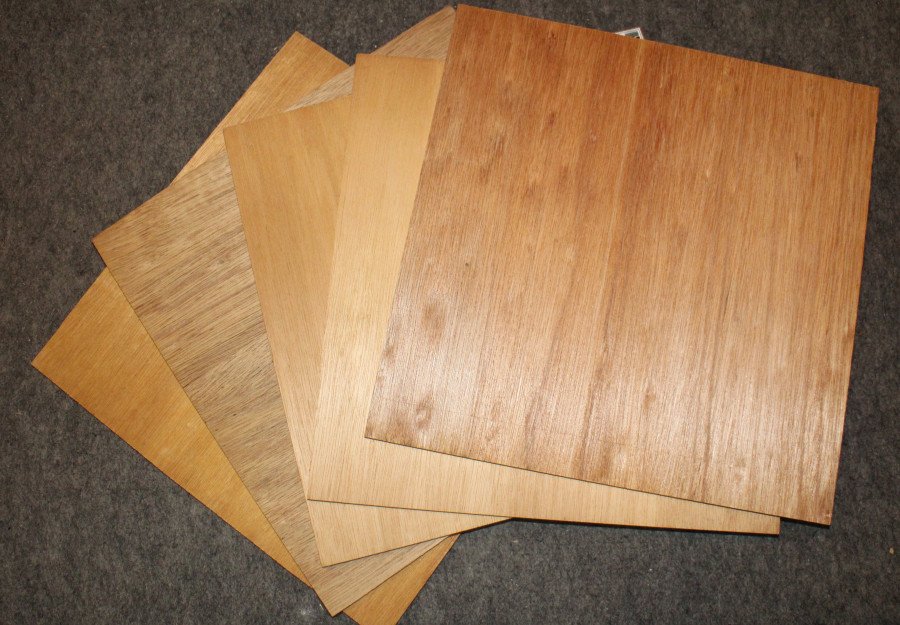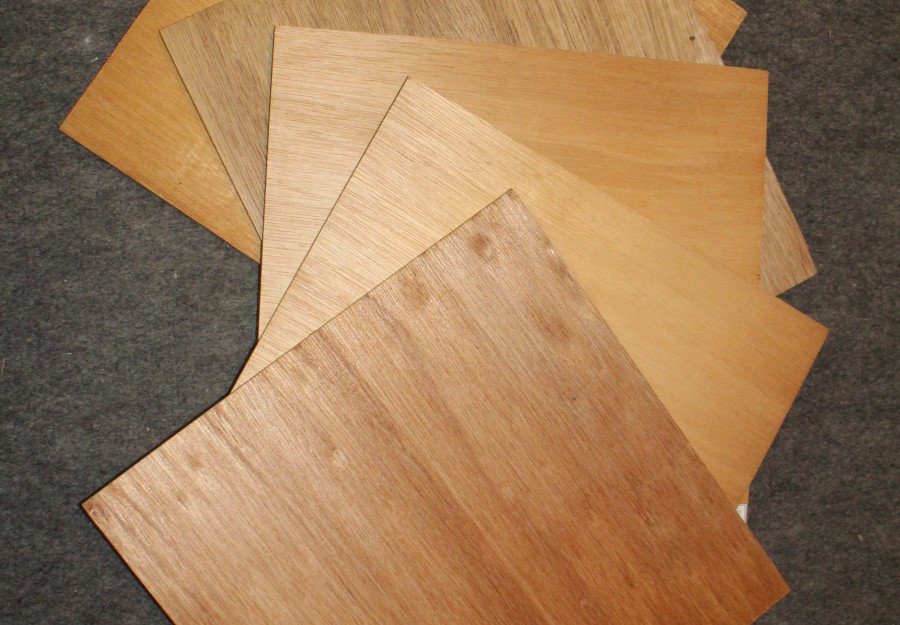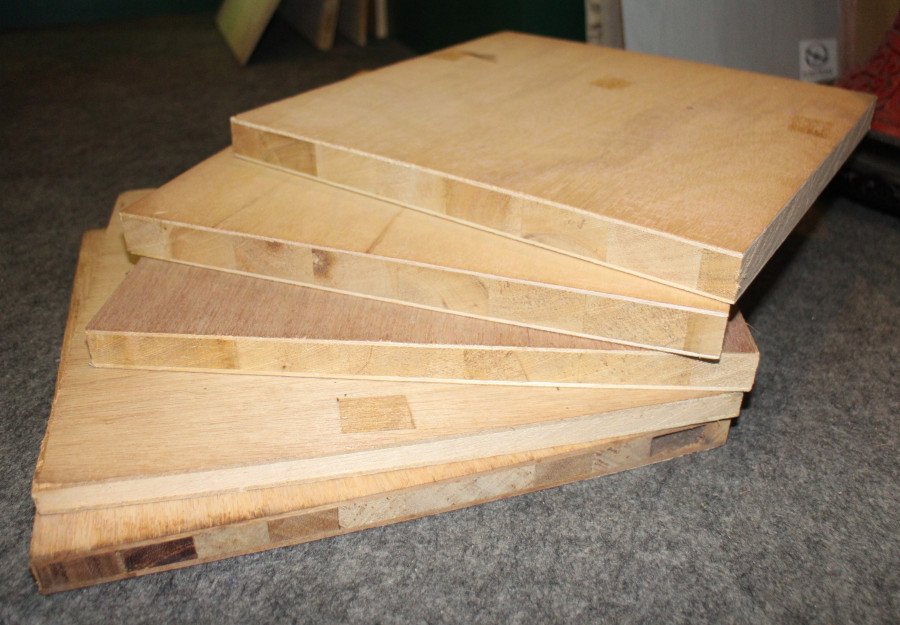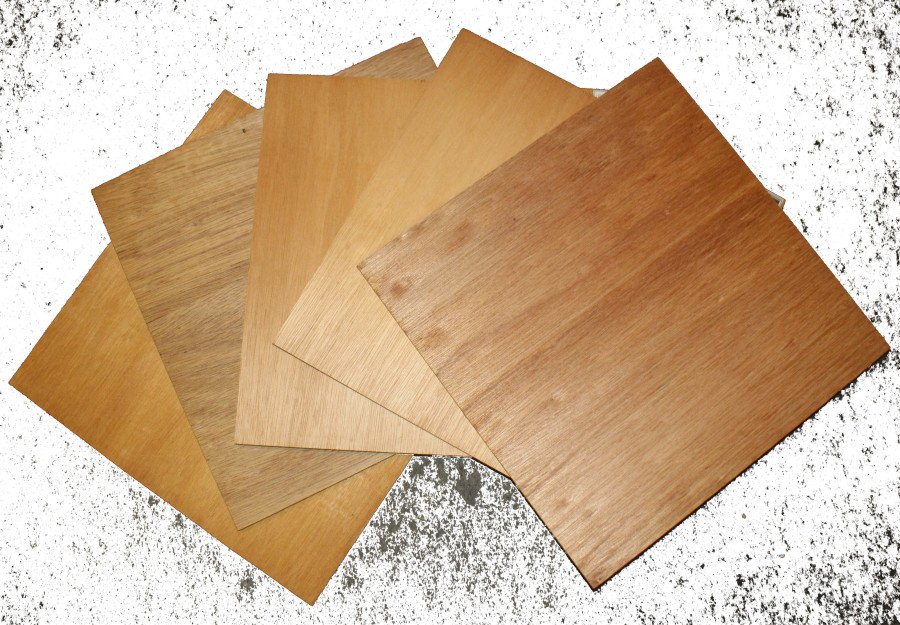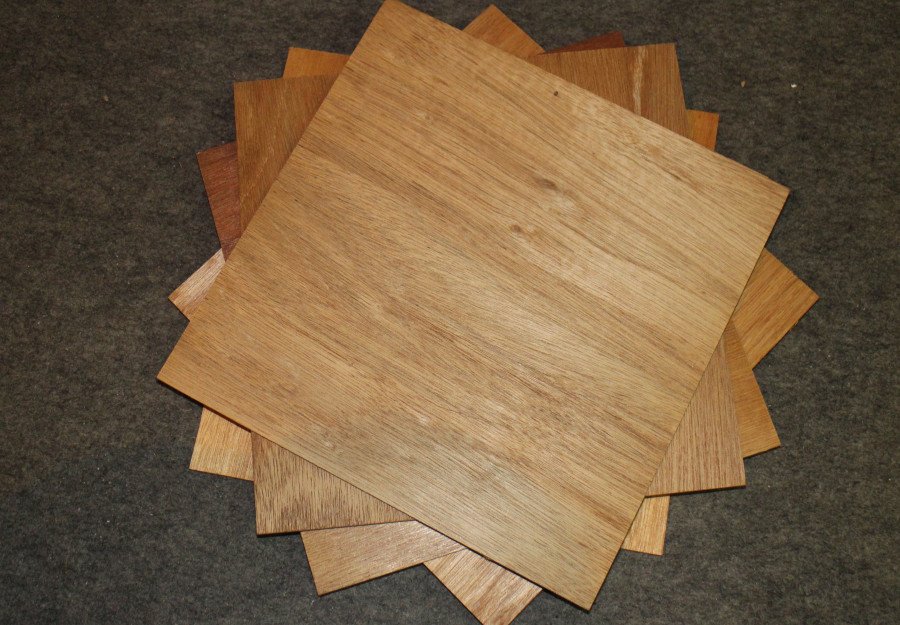Indonesia's Plywood Industry Navigates Global Headwinds, Premium Wood Dominates World Market
Indonesia's Plywood Industry Navigates Global Headwinds, Premium Wood Dominates World Market
- 24 Jun 2025, 10:40
Indonesia's Plywood Industry Navigates Global Headwinds, Premium Wood
Dominates World Market
APKINDO-News, Tuesday, June 24, 2025
Jakarta, APKINDONews - Indonesia's plywood industry is currently confronting substantial challenges, stemming from both raw material supply constraints and external pressures, including dumping allegations, new environmental regulations, and various trade barriers. Nevertheless, its export performance remains robust, maintaining a strong presence across American, European, Japanese, and East Asian markets. Despite global turbulence and intense competition, Indonesian plywood continues to assert its position as an indispensable premium product. Diplomatic backing and domestic policy reforms are paramount to ensuring the sustained viability of this sector, which is a significant contributor to foreign exchange earnings and embodies the excellence of the nation's forestry manufacturing.
Overview of Indonesian Plywood Export Performance
The Indonesian plywood industry demonstrated a varied yet resilient performance from January to April 2025, effectively adapting to global challenges. While exports in April 2025 saw a 22% decrease in volume and a 21% decrease in value compared to March 2025, a year-on-year comparison with April 2024 reveals a significant 14% increase in volume and a 13% increase in value, signaling a recovery and enhanced competitiveness. The cumulative performance from January to April 2025 also reflects a positive trajectory, with a 5% increase in volume and a 4% increase in value compared to the same period in 2024, culminating in a total export volume of 1,174,446 m³ and a value of $599,973,779.
Plywood, specifically under HS Codes 44123100 and 44123300, served as the primary export driver, accounting for 80% of the total volume and 78% of the total export value from January to December 2024. Plywood with a thickness of 6mm or less, particularly derived from tropical wood, led with a volume of 770,990 m³ and a value of $358,769,333. Blockboard contributed 18% of the volume and 20% of the export value, while other products such as LVL each represented less than 1% of the total volume and value. This dominance in plywood underscores Indonesia's specialization and strength within this product segment.
Market analysis reveals dynamic shifts across various destination regions. Japan maintained its position as the largest market, with an export value of $140,576,705 from January to April 2025, despite a marginal 0.4% decline in value compared to the previous year. The United States followed with an impressive export value of $175,903,181 during the same period, demonstrating robust value growth of 25% year-on-year. Conversely, while the European Union (EU-27) and the United Kingdom experienced a decrease in volume, the export value to the EU increased due to higher unit prices, indicating Indonesia's ability to compete in the premium segment. Markets in Asia-Oceania, such as South Korea and Taiwan, exhibited rising demand trends with premium pricing, solidifying Indonesia's standing as a quality producer in the global market.
North America: US RV Industry Relies on Indonesian Plywood
The North American market remains a crucial anchor in Indonesia's plywood export strategy. Beyond its significant volume, the recreational vehicle (RV) industry segment in the US heavily depends on high-quality plywood from Indonesia. Indonesian products are renowned for their strength, flexibility, and appropriate weight—attributes highly sought after in the RV manufacturing sector. As of April 2025, exports reached 133 thousand m³ and are projected to exceed 400 thousand m³ by year-end, figures that indicate the US market's structural reliance on Indonesia.
However, the industry faces a serious threat from allegations of dumping and subsidies by the US Department of Commerce against several Indonesian plywood companies. Should these allegations be substantiated and lead to additional tariffs, the Indonesian plywood industry could lose a significant portion of its competitiveness. The Indonesian government, through the Ministry of Trade and the Ministry of Foreign Affairs, has actively intervened, extending the deadline for questionnaire submissions and forming legal and technical teams to assist exporters in their defense. If successful, this will establish a positive precedent for global forestry product trade.
European Union and United Kingdom: Quality Over Quantity
The UK and EU markets present mixed signals. Although export volume to the UK has decreased, export value to the EU has increased due to higher unit prices. This indicates that Indonesian plywood products can compete in the premium segment, demonstrating strong bargaining power despite stagnant volumes.
However, this market is highly sensitive to environmental issues, particularly the new EUDR (European Union Deforestation Regulation). The implementation of EUDR poses a major challenge with its requirements for precise geolocation and geotagging, as well as the traceability of wood origins. Indonesian law considers geospatial data sensitive information that cannot be made public. Geospatial data is often regarded as strategic and sensitive, linked to state sovereignty and privacy rights. The obligation to report geolocation data potentially violates farmers' privacy and raises concerns about data misuse. There are worries that this data could be misused for purposes other than EUDR objectives, such as land acquisition or commercial interests.
This presents a structural barrier. However, on the other hand, the Indonesia-EU Comprehensive Economic Partnership Agreement (IEU-CEPA), targeted for completion by the end of 2025, brings hope, as tariffs could be reduced to 0%, potentially increasing exports by up to 57%. Indonesia must prepare early to meet these complex but crucial technical requirements.
Asia-Oceania: Indonesia Maintains Premium Market Share
The Asia-Oceania region continues to be a growing area for Indonesian plywood exports. South Korea and Taiwan show increasing demand trends, with Indonesia as the second-largest supplier. Interestingly, Indonesia leads in terms of price, which indicates that the market values the quality of its products. The average price of Indonesian plywood exported to Korea surpasses the global average price.
India, on the other hand, still restricts the market through non-tariff barriers, such as the mandatory BIS certification. This makes it difficult for many Indonesian exporters to penetrate that market. Moving forward, bilateral cooperation and diplomatic efforts will be key to opening the Indian market wider. Meanwhile, positive trends in Korea and Taiwan must be maximized through increased volume without compromising quality.
Japan: Sustained Market Loyalty
The Japanese market shows consistency in purchasing Indonesian plywood, with an average of over 56 thousand m³ per month. Although there was a 5.9% decrease in the first quarter of 2025, Indonesia still outperforms competitors like Malaysia and Vietnam. Indonesian products have a strong reputation for quality and uniformity of specifications—two important aspects for the highly demanding Japanese market. The main challenges in Japan are fluctuations in port stock and seasonal slowdowns in the construction sector. However, the Japanese market's loyalty to Indonesian plywood remains unshaken. To maintain this position, Indonesian producers must ensure smooth shipments, consistently maintain quality, and respond quickly to demand dynamics in the Japanese market.
Middle East: Geopolitics Dampen Demand
The Middle East market faces significant pressure due to geopolitical tensions, particularly the Iran-Israel conflict and the Red Sea crisis. This situation has caused project delays and a surge in logistics costs. Indonesian plywood exports to this region plummeted by 67% in one month, with Saudi Arabia recording the sharpest decline. Although short-term demand is weak, the region remains strategically important in the long term. The Middle East market heavily relies on massive infrastructure development, especially in GCC countries like the UAE and Qatar. Once political stability is achieved, demand could rebound quickly. Indonesian producers must maintain trade relations and capitalize on the resurgence by penetrating the market with high-quality products that have proven successful in the past.
Domestic Market and Internal Challenges
Domestically, the plywood market is stagnant. Prices have not increased significantly due to weak demand, while production costs continue to rise due to log prices. The weakening Rupiah exacerbates the situation, as the cost of importing supporting materials increases. The industry is also pressured by the entry of products from China with aggressive schemes, suspected to be disguised dumping. Government strategy to protect the domestic market is urgently needed. Trade instruments such as safeguards or anti-dumping duties need to be considered. On the other hand, to strengthen the domestic sector, support for raw material financing, export incentives, and promotion of domestic products must be expanded. Indonesian plywood is a superior product, and the domestic market must become a pillar of industrial resilience.
Conclusion: Premium Product, Strategic Foreign Exchange Earner
Indonesia remains a major player in the global plywood industry. Amidst various obstacles, from geopolitics, protectionism, to environmental regulations, Indonesian plywood remains sought after. Its superiority in quality, usage flexibility, and structural efficiency cannot be matched by many other countries. This product is the backbone not only for exports but also for the reputation of Indonesia's forestry industry worldwide.
To maintain momentum, collaboration between the government, industry associations, and businesses is vital. Digital transformation for raw material traceability, product standardization, and logistics efficiency will be key to future competitiveness. With a strong foundation and long-term vision, Indonesian plywood will continue to thrive, even becoming a symbol of quality and sustainability from Southeast Asia's largest tropical forests. (geo_rob)


